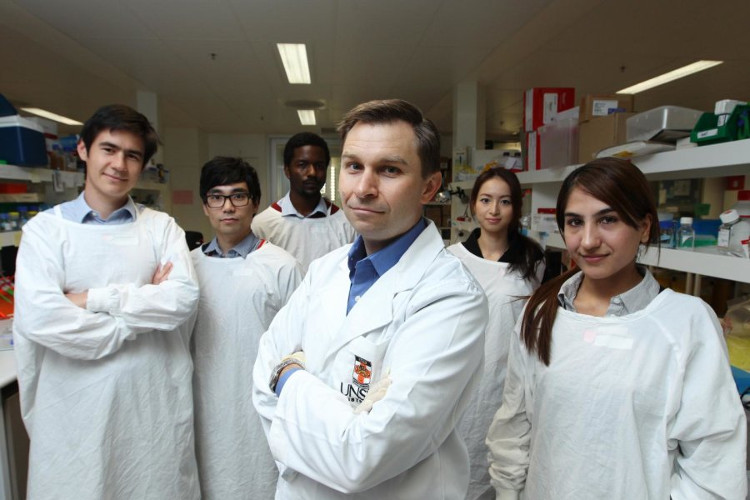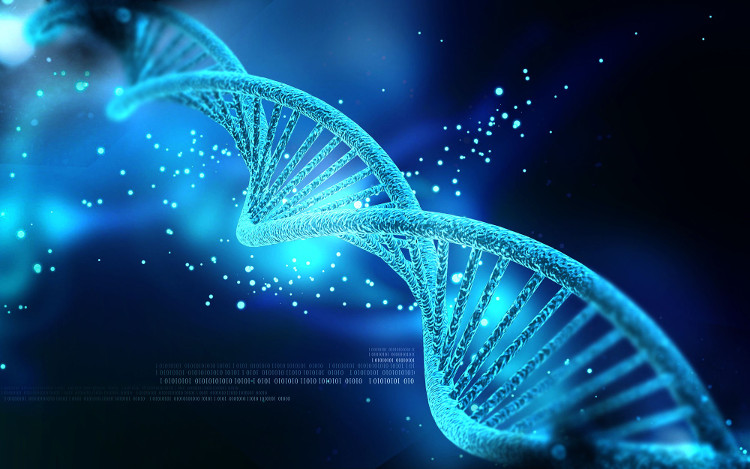NASA wants to use the old herbicide for the astronaut
Scientists have discovered an important process in DNA repair, which could be used to develop aging reversible drugs.
Scientists announced breakthrough detection, allowing the production of drugs that reverse the aging process . It can repair destroyed DNA, even protect Mars astronauts from the harmful effects of solar radiation, ABC reported on March 24.

The team discovered the process of helping repair DNA.(Photo: 9News).
The team discovered the important signaling process in DNA repair and cell anti-aging. In mice, they found that the drug was able to directly repair DNA damage due to radiation exposure or aging.
"It is impossible to distinguish old mouse cells from younger ones after one week of treatment. We are getting closer to safe and effective anti-aging drugs. Perhaps it takes only 3-5 years to bring them out. market, if the experiment goes well , " said Professor David Sinclair, lead author of the study.
Human trials will begin within 6 months. This work has attracted the attention of the US Aerospace Agency (NASA), which is facing a challenge to maintain the health of astronauts in a mission that lasts 4 years to Mars.
Even in short tasks, astronauts are rapidly aging due to cosmic radiation, muscle weakness, memory loss and many other symptoms when returning to Earth. During the trip to Mars, the situation will be much worse. 5% of astronauts' cells will die, while the chance of getting cancer is 100%.
Cosmic radiation is not only a problem for astronauts. Ordinary people are easily exposed when traveling by plane, with a half-circle flight of Earth causing people to absorb radiation as an X-ray.

This drug can speed up DNA repair, reverse aging.(Photo: 9News).
In theory, anti-aging drugs can reduce DNA damage and damage to frequent travelers. Another group benefiting from the study was childhood cancer survivors.
Dr. Lindsay Wu, a colleague of Sinclair, said that 96% of childhood cancer survivors with chronic disease at age 45, including cardiovascular neuropathy, type 2 diabetes, Alzheimer's and the appearance of tumors unrelated to the original cancer.
Human cells can repair their DNA naturally, but this ability decreases with age. The scientists identified the NAD + molecule that plays a key role in protein interaction that controls DNA repair. It is a molecule that signals messages in all body cells.
The enhanced variant of NAD + is called an NMN , which can improve the ability to repair DNA damage in cells. For the past four years, Professor Sinclair and Dr. Wu have sought to introduce NMN into drugs.
- NASA presents new astronaut outfit
- Now you can train yourself to become an astronaut through ... smartphone
- Journey thousands of people choose one to become NASA astronaut
- Enter NASA astronaut harder than passing Harvard hundreds of times
- NASA's twin astronaut experiment
- 11 overwhelming photos of NASA astronauts
- A close up of a new NASA astronaut suit
- NASA astronaut has hidden it all to bring a piece of bread to the universe
- NASA investigates the first crime on the universe
- The first colored person to be NASA's leader
- NASA astronaut training in a pool of water preparing to go to the Moon
- Under many dangers, how much money does a NASA astronaut earn?
 Green tea cleans teeth better than mouthwash?
Green tea cleans teeth better than mouthwash? Death kiss: This is why you should not let anyone kiss your baby's lips
Death kiss: This is why you should not let anyone kiss your baby's lips What is salmonellosis?
What is salmonellosis? Caution should be exercised when using aloe vera through eating and drinking
Caution should be exercised when using aloe vera through eating and drinking